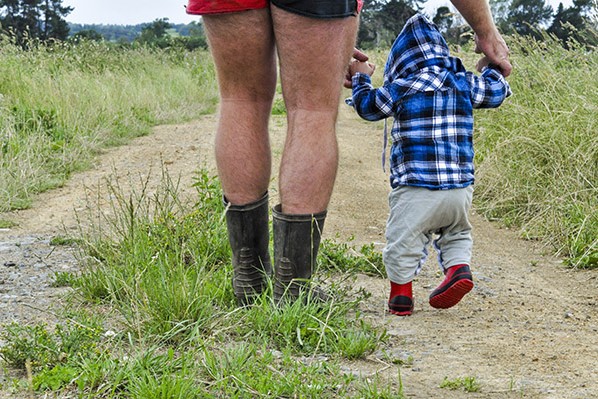Labour shortages, weather events and other challenges are seeing many Australian dairy farmers quit the industry. By Marian Mac.
Breaking the $10/kg milk price barrier for the first time hasn’t been enough to stop Australian dairy farmers exiting the industry in large numbers.
Farmgate milk production fell another 3.9% to less than 8.51 billion litres in 2021/22, the lowest figure this century.
It’s not a loss-driven contraction. The National Dairy Farmer Survey (NDFS) showed 88% of Australian dairy farms expected to make a profit in 2020/21 and 90% thought they would make a profit this year, too. It’s unlikely to be a seasonal aberration, either. One in eight farms has left the industry since 2019/20, taking the total down to just 4401 dairy farm businesses by March this year. United Dairyfarmers of Victoria president Paul Mumford said dairying was no longer the only natural choice for his members.
“Dairy farmers are putting a lens over their business, thinking, ‘Are we prepared to go on in the dairy industry? Do we want that stress and are there alternatives for our business and our lifestyle?’,” he said.
In its Situation & Outlook report, Dairy Australia said, “high beef prices and soaring land values have enticed farmers and farmland away from dairy,” and they expected the trend to continue.
It’s something Duncan Morris has seen first hand. Morris, who administers the two-year-old processor SW Dairy Ltd, is an accountant, southwest Victorian dairy farmer, and former Murray Goulburn Co-operative director.
“The number of farms exiting dairy has been absolutely massive around here, and nearly every one of them has gone to beef or sheep,” Morris said.
The solution, he said, was to adopt something of New Zealand’s seasonal, low-input model, but that needed to be matched with a suitable milk price model. That realisation was the catalyst for SW Dairy Ltd, which had grown from 8 million litres to 30 million in two years on back of seasonal-friendly pricing.
Plenty of dairy farmers were already reviewing their system, Mumford said.
“Do we as businesses need to be milking seven days a week over 365 days, for example?” he said.
Record farmland prices made it attractive to exit farming altogether and Mumford said those keen to stay on the land could now generally make a reasonable living grazing beef cattle, which needed a fraction of the labour demanded by dairying.
“Labour is the number one issue they look at first,” he said.
“It would probably be safe to say that every farmer who employs staff is probably one labour unit short, and that’s having a huge effect on the dairy industry.
“It puts stress on businesses and it puts stress on family units.”
Mumford’s observations were backed up by the NDFS report, which highlighted three main issues: input costs, labour and climate.
Of the 700 farmers surveyed, 57% said input costs like feed, fertiliser and fuel were their top concerns.
Almost a quarter (at 23%) said they had shrunk their herds in the last 12 months in response to the labour shortage.
At the same time, floods swept through South Australia, Queensland, and New South Wales, while the normally reliable northwest Tasmania suffered one of its driest summers, and Western Australia was scorched by bushfires.
The 2016 dairy crisis had also played an ongoing role in the dairy exodus, Morris said, and would continue to be felt for many years.
“It’s not going to come back easily,” he said.
“There’s a generation of kids in their later teens and early 20s who’ve gone and they’re never coming back because they got burned when mum and dad got burned.”
- Marian Mac is an Australian freelance dairy journalist.





